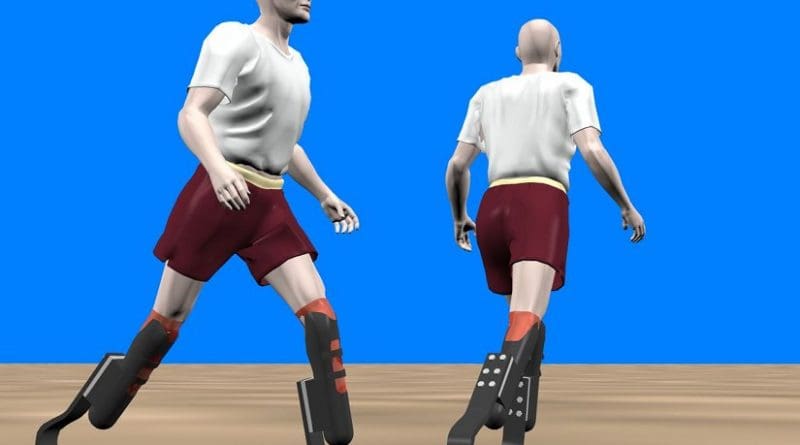New Guidelines Proposed For Use Of Prosthetics In International Sporting Events
New guidelines are being proposed for prosthetic leg technology in international sporting events to prevent competitive advantage.
New research carried out at Bournemouth University, UK, investigates the use of lower-limb running prostheses (LLRPs) used in competitions by below-knee amputees. Due to significant controversy surrounding running prosthetic limbs in both the 2008 and 2012 Paralympic Games, this new research published in Cogent Engineering proposes new guidelines for prosthetic leg technology in international sporting events to prevent competitive advantage.
The guidelines include the use of a dynamic drop jump technique to assess the quality of prosthetic legs as a new assessment strategy.
Dr Bryce Dyer, author of the research and Head of Research & Professional Practice, Department of Design & Engineering, Bournemouth University is the designer of performance prostheses used by elite cyclists in both the 2012 and 2016 Paralympic Games.
“Prosthetic legs are a fascinating area of development for engineers and sports policy makers,” said Dr Dyer. “They are only recently regulated, and more work needs to be done to understand the impact of different engineering solutions on sport itself. Previous research has been theoretical, or based on the impact of engineering on one particular athlete. This approach is more pragmatic, and more useful for policy makers.”
Detailed analysis of running amputee sprinting performance in the research will help sports officials to ascertain if any objective data can be found that would support claims of potential unfairness or significant technological impact on results in international races. This analysis can then be used to frame legislative guidance and regulation.

